On Aug. 9, global superstar and decorated musical veteran Taylor Swift kicked off the final night of the U.S. leg of her Eras Tour at Sofi Stadium in Los Angeles, performing in front of more than 70,000 screaming fans. The impressive large-scale show is divided into 10 different sections corresponding to nine of her 10 albums and one section reserved for two different surprise songs every night. During the show, fans were treated to new bright blue outfits for the “Speak Now” and “folklore” album eras, a color that is emblematic of her album “1989.” Then, after coming out in a blue two-piece set for the “1989” section and a blue duster for the two surprise songs, she announced what fans had been waiting for more than two years — “1989 (Taylor’s Version)”.
“1989,” named after her birth year and originally released in 2014, was Swift’s fifth studio album; more pivotally, it marked Swift’s coronation into pop music as her first holistically synth-pop record. The album was originally conceptualized after her previous project, “Red,” received criticism for attempting to introduce pop elements while still remaining a country album. However, “1989” proved various skeptical critics wrong with an impressive list of chart-topping radio singles that launched Swift to the top of the music industry and cemented her as a master of multiple genres. Featuring monumental pop producers such as Max Martin and Ryan Tedder, the tracks brought nostalgic soundscapes alongside electronic progressions while upholding Swift’s well-admired lyrical imagery, solidifying its place as a high standard for pop music to come. The album earned itself several titles afterward, including the recognition as the most-awarded pop album of all time.
The era of ‚Äú1989‚Äù itself also featured one of Swift‚Äôs most identifiable periods of her career. Initiated by her move to New York City, the time period was characterized by Swift‚Äôs short hair debut, newfound street style, polaroid pictures and her prioritization of going out with friends. The stark change from Swift‚Äôs previous experiences of her coinciding private and public life left an impression of a rebirth as a pop star unbound by her relationship status. The famous 1989 Secret Sessions following the original album’s release cemented the clear emphasis on friendship connection that Swift associated with the new era, inviting fans to listen to the entirety of ‚Äú1989‚Äù pre-release, alongside the star in her various homes across the world.
Despite rampant success during the original era, not everything went well for Swift during her release of 1989. While she was at the highest point of her career thus far, Swift faced extreme scrutiny from the media about her personal life. As her accomplishments grew, so did the narratives that quickly began to spin about Swift’s personal life. Swift was also facing many body image struggles at this time, as reflected on in her 2020 Netflix documentary “Miss Americana.” But, through the introduction of her re-recordings, Swift has gained a chance to revisit the last eras of her life through matured eyes and can use the support from her fans to relive the era in a much healthier way.
Fans had been waiting for the album announcement ever since Sept. 17, 2021, when Swift released “Wildest Dreams (Taylor’s Version)” in response to a TikTok trend that used its bridge. The next taste of “1989 (Taylor’s Version) that fans got was on May 6, 2022, when “This Love (Taylor’s Version)” was featured in the Prime Video series “The Summer I Turned Pretty.” After that, besides speculative fan theories that often turned out to be untrue, all was silent on Swift’s front until Aug. 9, when she announced the album.
In preparation for the release, Swift collaborated with Google to create a series of trivia word search puzzles about her life during the “1989” era for her fans to solve when they looked up her name in order to unlock the names of the new “From The Vault” tracks. Eventually, her fans hit the astonishing 33 million puzzle quota and unlocked the names of the vault tracks, with the exception of “‘Slut!’ (Taylor’s Version) (From The Vault),” whose title was given via a cryptic Instagram post on Swift’s account.
‚Äú1989 (Taylor‚Äôs Version)‚Äù released at midnight on Oct. 27th, the nine-year anniversary of the original album, with 21 tracks ‚Äî 13 standard tracks, three deluxe tracks, and five never-before-heard vault tracks, written by Swift for the original album but scrapped from the final tracklist. A deluxe version of the album with the ‚ÄúBad Blood‚Äù remix re-recording featuring American rapper Kendrick Lamar released later that day.¬Ý
While the objective of the album is to recreate the original tracklist as close to the original as possible, that didn’t stop Swift from adding in new embellishments or making previously unheard elements more prominent in the mix. Songs like “Out of the Woods (Taylor’s Version)” boast powerful vocals and pulsing synth-scapes, while other songs like “How You Get The Girl (Taylor’s Version)” and “I Know Places (Taylor’s Version)” incorporate stronger, more emotional vocal performances.
With nine years of new experiences separating the original from the re-release, many of the songs have changed meanings in the context of Swift‚Äôs life. Her quippy vocals in ‚ÄúBlank Space (Taylor‚Äôs Version),‚Äù a song in which she becomes the character that the media portrayed her to be, take on a new meaning after ‚Äúreputation.‚Äù Now, her voice conveys a carefree nature in tone without the weight of the heightened scrutiny she faced at the time. Similarly, the introspective and ruminative lyrics of ‚ÄúClean (Taylor‚Äôs Version)‚Äù include an augmented retrospective aspect after Swift‚Äôs years in and out of the spotlight, battling personal and public struggles. As she sings ‚Äú10 months older, I won‚Äôt give in. Now that I‚Äôm clean I‚Äôm never gonna risk it,‚Äù the impact of the words settle into fans after following her decade-long path to stability in the spotlight.¬Ý
Despite the elevation of these tracks, not every alteration on the rerelease was met with satisfaction from Swift‚Äôs fan base. Most notably scrutinized was ‚ÄúStyle (Taylor‚Äôs Version),‚Äù particularly with its seemingly filtered version of the guitar solo in its introduction. Throughout the song, listeners also felt less energetic vocals in the chorus and less nostalgic emotion from the electronically-produced background. Another song that was subject to scrutiny was ‚ÄúNew Romantics (Taylor‚Äôs Version)‚Äù due to its more computerized sound compared to the original, which sounded jarring at times, especially in the final chorus.¬Ý
Even with these changes, Swift has done the iconic tracks justice, with a remarkable re-recording that encapsulates the original fun and animated energy with refined production and matured vocals. After “New Romantics (Taylor’s Version)” concludes, the record goes into new territory, exploring five new vault tracks. Many fans were taken by surprise that there were only five after Swift previously stated that she wrote over 100 songs for the album. However, the selective choice allowed for, in Swift’s opinion, her favorite vault tracks of all the re-recordings.
‚Äú‚ÄòSlut!‚Äô (Taylor‚Äôs Version) (From The Vault)‚Äù is the first vault track. The song, similar to tracks on Swift‚Äôs 2022 release, ‚ÄúMidnights,‚Äù lives in a hazy, atmospheric production with lyrics that harken back to ‚ÄúBlank Space (Taylor‚Äôs Version),‚Äù with its themes dealing with public image and media scrutiny. However, in contrast, ‚ÄúSlut! (Taylor‚Äôs Version) (From The Vault)‚Äù turns her image around in the context of a romantic relationship with the line, ‚Äúif they call me a ‚Äòslut,‚Äô you know it might be worth it for once.‚Äù¬Ý
The next vault track is “Say Don’t Go (Taylor’s Version) (From The Vault),” in which Swift brandishes her lower, fuller range in the beginning and then travels into a sparse chorus before hitting a cathartic post-chorus similar to that of “All You Had To Do Was Stay (Taylor’s Version).” Swift has always been known for creating great bridges in her songs, and “Say Don’t Go (Taylor’s Version) (From The Vault)” probably has the strongest bridge of all the vault tracks, with repetitive, echoing callouts and a dramatic pause after Swift sings “I said ‘I love you,’ you say nothing back.” Lyrically, she juxtaposes the upbeat sound of the track with melancholic lyrics about someone falling out of love and the desperation of wanting them back, constantly repeating phrases like “I would stay forever if you say ‘don’t go.’”
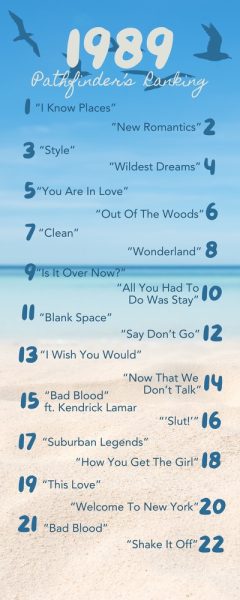
“Now That We Don’t Talk (Taylor’s Version) (From The Vault),” Swift’s third vault track, brings fans back to the punchy pop sounds of the 80s, following a reflective tale of the aftermath of a relationship. With a cadenced electronic synth beat — reminiscent yet again of “Midnights” backing tracks — the song opens up with contemplative verses in Swift’s lower register. As the kick drum background expands, the song transitions to a high-range, intense melody with heavily layered vocals and harmonies to create a breezy tone. Ending the song abruptly with the acapella line, “Now that we don’t talk,” the two-and-a-half minute song left some wanting more angsty lyrics in the bridge and a third repeat of the chorus. However, the rhythmic beat generally left her listeners bopping along, and the pensive yet bitter lyrics encompassed the mental cacophony of looking back on a meaningful relationship.
With its bright arpeggiators and four-on-the-floor kick drum, “Suburban Legends (Taylor’s Version) (From The Vault)” represents a more mellow moment on the record, as Swift once again opts for a “Midnights”-esque feeling that is most similar to the song “Mastermind.” In the song, Swift longs for the person who she loves to love her back, paralleling “Say Don’t Go,” and explains in detail how their love story would unravel in her fantasies. The title of the song itself also seems to represent Swift’s journey as an artist. She grew up in the small town of West Reading, Pa. and moved to Nashville to further pursue her music career, dropping out of traditional high school and becoming homeschooled to put her career at the center of her focus. The themes and production in “Suburban Legends (Taylor’s Version) (From The Vault)” are delightfully homey and feel as though Swift is completing a full circle in her career, revisiting her hometown roots after the original “1989” era.
‚ÄúIs It Over Now? (Taylor‚Äôs Version) (From The Vault),‚Äù the final vault track and the closing track for ‚Äú1989 (Taylor‚Äôs Version), served as somewhat of an unexpected surprise for many listeners. The standout song, beginning with a short clip of layered noise, featured a sonically-intriguing backing track with repeated siren-like sounds over hazy instrumentals. Growing into an uptempo drum beat, Swift jumps into the catchy chorus with descriptive lyricism visualizing a story of an unhealthy relationship. The second chorus, with lyrics such as ‚Äúred blood, white snow,‚Äù grew fan speculation about its references to significant public events during Swift‚Äôs theorized relationship with British singer Harry Styles. From there, Swift asks a series of rhetorical questions directed at the subject of the song about if their relationship can survive even after both of them have done wrong. Overall, the song‚Äôs similarity to fan favorites such as ‚ÄúOut Of The Woods (Taylor‚Äôs Version)‚Äù simply guaranteed the track for public appreciation.¬Ý
In conclusion, the vault tracks are spectacular additions to the album although their sound feels slightly more nuanced than the original tracks. Each of the five songs have elements that tie back to the rest of ‚Äú1989 (Taylor‚Äôs Version),‚Äù creating a cohesive and fun ending to the album. These tracks should all eventually become classic pop hits of Swift‚Äôs, and, knowing her success rate on the charts so far, they will be.¬Ý
This re-recording gives us no reason to have any bad blood with Swift and her collaborators. For skillfully recreating the emotion of the original album while giving fans more to explore through new vault tracks and altered pre-existing tracks, Pathfinder ranks “1989 (Taylor’s Version)” a 9/10.

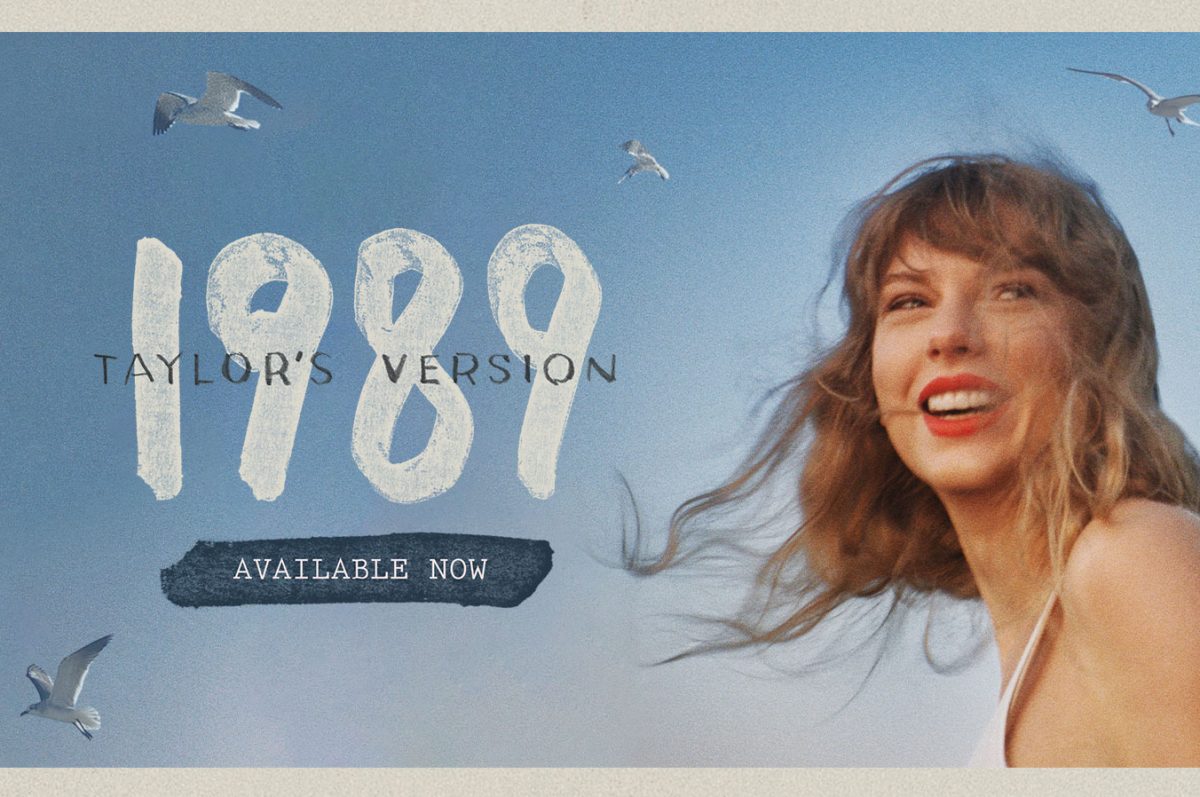




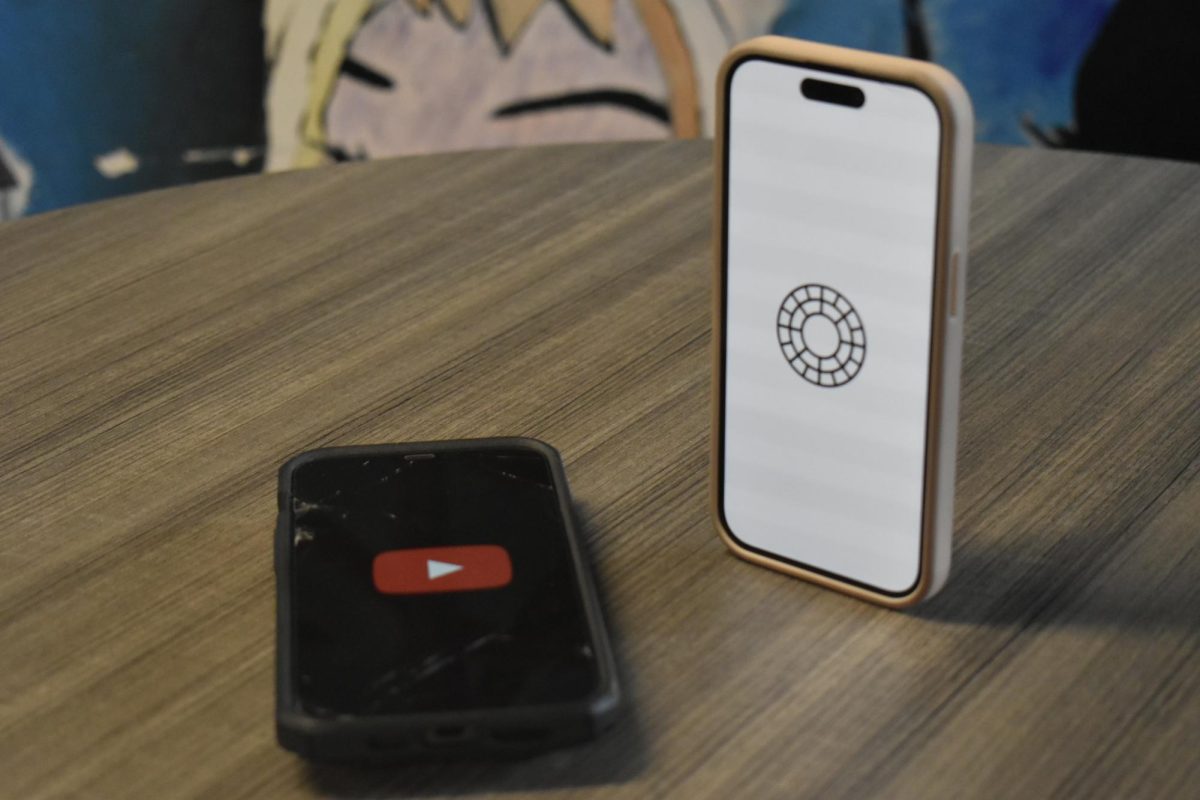
![There are more than 20 open cardio machines at Crunch Fitness. I enjoyed the spacious environment at Crunch, a sentiment that was shared by sophomore Sanjana Daggubati. “[Going to] Crunch Fitness was the right decision because [it] feels more professional. Crunch’s workers are laid back, but not to the point where they don't care,” Daggubati said.](https://pwestpathfinder.com/wp-content/uploads/2025/09/IMG_5242-1-1200x900.jpg)

![Various empty Kit Kat wrappers crowd the desk, surrounded by scoring sheets. While production of Kit Kat flavors in the U.S. is limited, Nestlé, the owner of Kit Kat, manufactures hundreds of unique flavors in Japan, including the flavors ocean salt and passion fruit. “I thought there [were] some interesting flavors, and a lot of them were really unexpected,” senior Elle Levesque said.](https://pwestpathfinder.com/wp-content/uploads/2025/09/image-2.png)


![Pantone’s selection of the 2025 Color of the Year is revealed: Mocha Mousse. Ceramics teacher Ashley Drissell enjoys this year’s selection. “Maybe it’s the name but [Mocha Mousse] reminds me of chocolate and coffee. It makes me hungry. It’s very rich and decadent,” Drissell said.](https://pwestpathfinder.com/wp-content/uploads/2025/02/DSC_0015-1200x800.jpg)

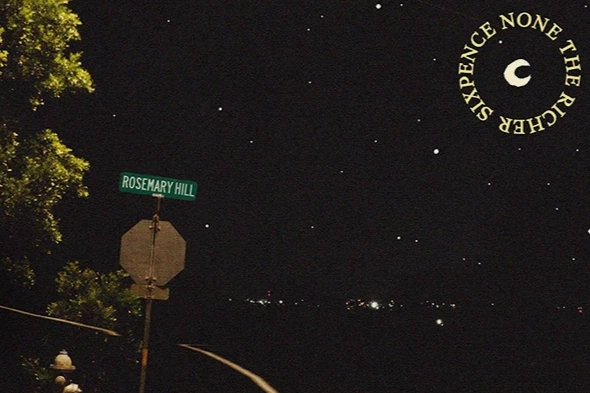

![Sophomore Shree Sikkal Kumar serves the ball across the court in a match against Lindbergh. Sikkal Kumar has been a varsity member of the varsity girls’ tennis team for two years, helping her earn the number two rank in Class 2 District 2.“When matches are close, it’s easy to get nervous, but I [ground] myself by[staying] confident and ready to play,” Sikkal Kumar said.](https://pwestpathfinder.com/wp-content/uploads/2025/11/DSC2801-1200x798.jpg)
![Dressed up as the varsity girls’ tennis coach Katelyn Arenos, senior Kate Johnson and junior Mireya David hand out candy at West High’s annual trunk or treat event. This year, the trunk or treat was moved inside as a result of adverse weather. “As a senior, I care less about Halloween now. Teachers will bring their kids and families [to West’s Trunk or Treat], but there were fewer [this year] because they just thought it was canceled [due to the] rain. [With] Halloween, I think you care less the older you get,” Johnson said.](https://pwestpathfinder.com/wp-content/uploads/2025/10/DSC00892-1-1200x800.jpg)
![Focused on providing exceptional service, sophomore Darsh Mahapatra carefully cleans the door of a customer’s car. Mahapatra has always believed his customers deserve nothing less than the best. “[If] they’re trusting us with their car and our service, then I am convinced that they deserve our 100 percent effort and beyond,” Mahapatra said.](https://pwestpathfinder.com/wp-content/uploads/2025/10/DSC_0018-1200x800.jpg)
![Sophomore Aleix Pi de Cabanyes Navarro (left) finishes up a soccer game while junior Ava Muench (right) warms up for cross country practice. The two came to Parkway West High School as exchange students for the 2025-2026 school year. “The goal for the [exchange] program is to provide opportunities for both Parkway students and our international exchange students to learn about other cultures, build connections and become confident, capable, curious and caring — Parkway’s Four C’s — in the process,” Exchange Program Lead Lauren Farrelly said.](https://pwestpathfinder.com/wp-content/uploads/2025/10/Feature-Photo-1200x800.png)
![Leaning on the podium, superintendent Melissa Schneider speaks to Parkway journalism students during a press conference. Schneider joined Parkway in July after working in the Thompson School District in Colorado. “My plan [to bond with students] is to get things on my calendar as much as possible. For example, being in [classes] is very special to me. I am trying to be opportunistic [meeting] kids [and] being in [the school] buildings. I have all the sports schedules and the fine arts schedules on my calendar, so that when I'm available, I can get to them,” Schneider said.](https://pwestpathfinder.com/wp-content/uploads/2025/09/IMG_5425-1200x943.jpeg)
![Gazing across the stage, sophomore Alexis Monteleone performs in the school theater. The Monteleone family’s band “Monte and the Machine” has been releasing music since 2012, but Alexis started her own solo career in 2024 with the release of her first single, Crying Skies. “My whole family is very musical, [and I especially] love writing [songs with them],” Monteleone said.](https://pwestpathfinder.com/wp-content/uploads/2025/09/DSC7463-1200x798.jpg)

![Leaping through the air, senior Tyler Watts celebrates his first goal of the season, which put the Longhorns up 1-0 against the Lafayette Lancers. Watts decided to play soccer for West for his last year of high school and secured a spot on the varsity roster. “[Playing soccer for West] is something I had always dreamed of, but hadn’t really had a good opportunity to do until now. It’s [really] fun being out [on the field], and I’m glad I decided to join the team. It’s just all about having fun with the boys and enjoying what time we have left together,” Watts said.](https://pwestpathfinder.com/wp-content/uploads/2025/09/DSC_1951-1200x855.jpg)

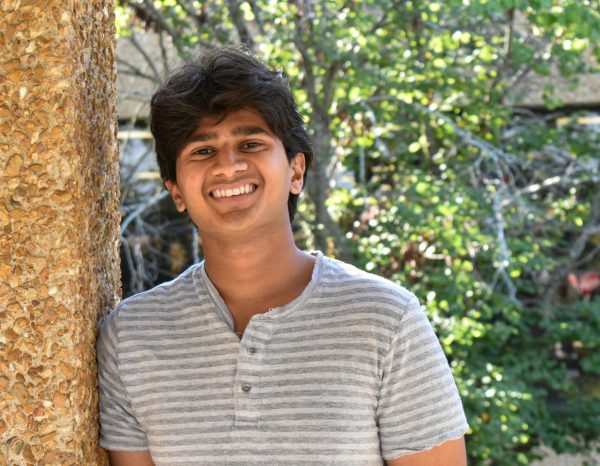
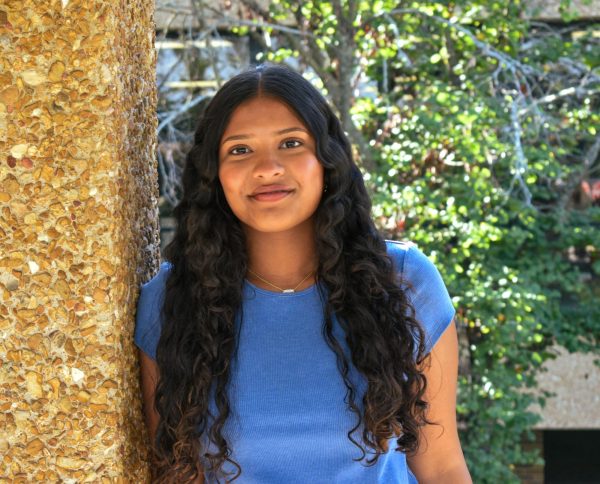
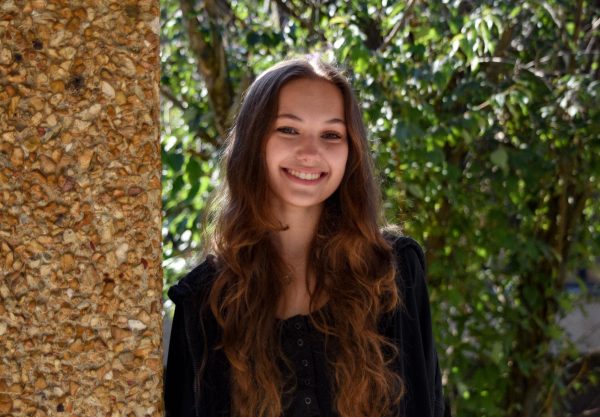
Will Gonsior • Nov 2, 2023 at 11:43 am
Awesome review, you three!
Everybody talking about Scooter Braun, not enough talking about Karl Sandberg (Max Martin). Like Coldplay letting loose with “Coloratura” after putting up with Martin for the rest of “Music of the Spheres,” it’s good to see this album freed from the original overproduction.
Lauren Holcomb • Nov 2, 2023 at 8:16 am
this is the most well-written review I’ve ever read not EVEN KIDDING